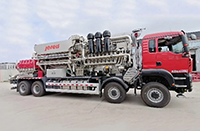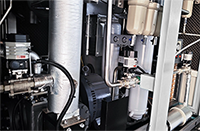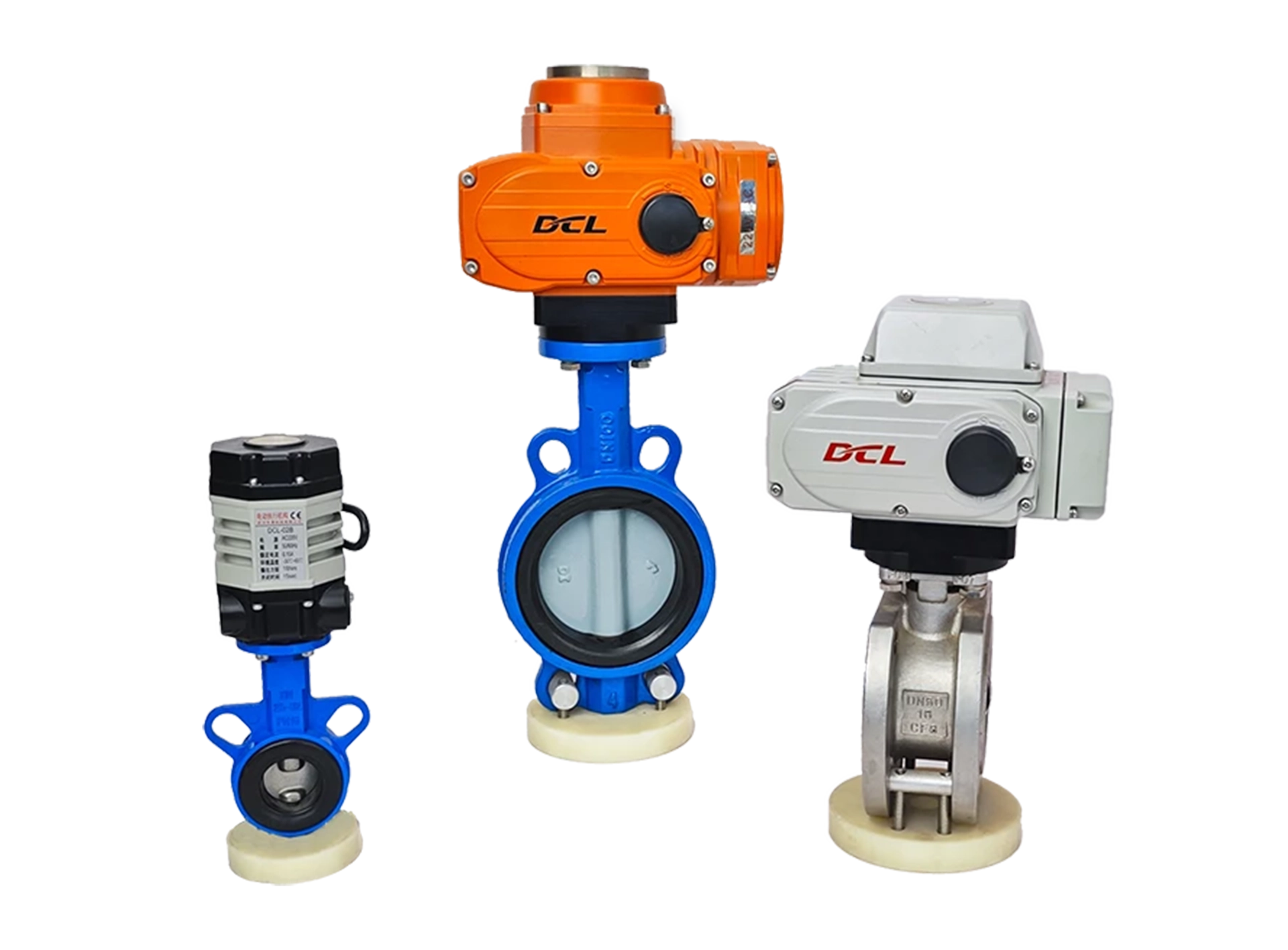What are the scenarios that require the use of process control actuators?
Process Control Actuator Application Background
In many process control systems, we need to achieve highly accurate and consistent control of the flow rate of liquids or gases through automated control systems (PLC/DCS). Due to the high accuracy requirements, such systems usually require continuous and precise control valves when realizing closed-loop controlsmall offsetReconciliation.
In this case.Control valves are at the heart of process control, changing the flow rate of liquids or gases according to variables such as flow rate, pressure or temperature in variable flow systems. When configuring actuators for control valves, we need to use process control actuators, which are mainly characterized by continuous regulation, high accuracy/consistency (low repetition error, low backlash) and fast response.These 3 features of process control actuators can significantly reduce the variability of process control and have a positive effect on ensuring process consistency and improving product quality.
Process control actuators are widely used in chemical, mining, pharmaceutical, oil and gas, industrial combustion andFood & BeverageThe
Main features of process control actuators
High precision and consistency
An important feature of process control actuators is their highly accurate and consistent positioning performance.In a closed-loop process control system, the variability of the process factors is an important factor that leads to bias in the control loop. The greater the accuracy and consistency, the greater the degree of control exerted over the process and the more consistency in the final target output is ensured. A typical example is industrial combustion, where the key objectives are to improve combustion efficiency and ensure thermal consistency. For industrial combustion, when an actuator controls the flow and proportioning of fuel and air, the control of the gases must be precise and consistent in order to ensure complete and efficient combustion. This ensures full combustion and achieves higher thermal efficiency. At the same time, fuel waste is reduced, exhaust emissions are minimized and environmental requirements are met.
continuous adjustment
Another important feature of process control actuators is the ability to provide continuous regulation. Many industries and applications require process control actuators because of the need for continuous regulation. This type of flow control solutions should have the ability to continuously regulate, can not sacrifice accuracy and consistency in the case of withstand the high demands of long-time operation, the process control actuators put forward specific requirements is to realize the energization of sustained rate of 100% and high-frequency regulation under the long life cycle. In food and beverage production, process control actuators with high accuracy and consistency, and continuously adjustable, are required for high-precision control of raw material ratios.
rapid response
Process control actuators should also be characterized by a fast response. In flow control systems with air or high-pressure liquids as the medium, the rapidity of the change of the medium parameter during the control process makes the whole closed-loop process very dynamic. Therefore, in this application case, it is necessary to match the process control actuator with fast response characteristics. The basic requirement is that the response time of the actuator is 1/10 or less of the dynamic response time of the entire closed-loop process.
I want to choose a process control actuator
When you need to choose a process control actuator, please contact our technical support! DCL will understand in detail the dynamic response characteristics of your closed-loop control system and the noise intensity of the electrical signals at the control site to ensure that no self-excited oscillations will occur when you use the process control actuator. This ensures that your process control system achieves fast response while guaranteeing continuous and consistent high accuracy regulation performance.


























 Egong.com.cn 42018502006527 No.
Egong.com.cn 42018502006527 No.